More than half of U.S. counties lost bank branches between 2012 and 2017. In the poorest rural counties, more than half of all branches closed. In just five years, many communities became banking deserts — places where there’s no bank within 10 miles of residents. This trend has continued, according to Federal Deposit Insurance Corporation (FDIC) data, and rural areas continue to bear the brunt of these closures.
Access to capital is essential for families buying homes, entrepreneurs launching businesses, and communities investing in infrastructure. But as rural bank branches disappear, residents are increasingly left unbanked. Digital banking hasn’t filled the gap either — broadband access remains limited in many rural communities, making digital finance inaccessible or unreliable.
Bank closures aren’t the only barrier. Traditional banks often impose strict lending requirements that exclude borrowers with limited credit history, lower incomes, or unconventional business models — all common in rural areas. Even when a bank is physically present, it may not offer the flexible financing that residents or small businesses need.
Rural development begins with investment. Yet financial options for rural communities have grown increasingly scarce. That’s where Community Development Financial Institutions, or CDFIs, step in.
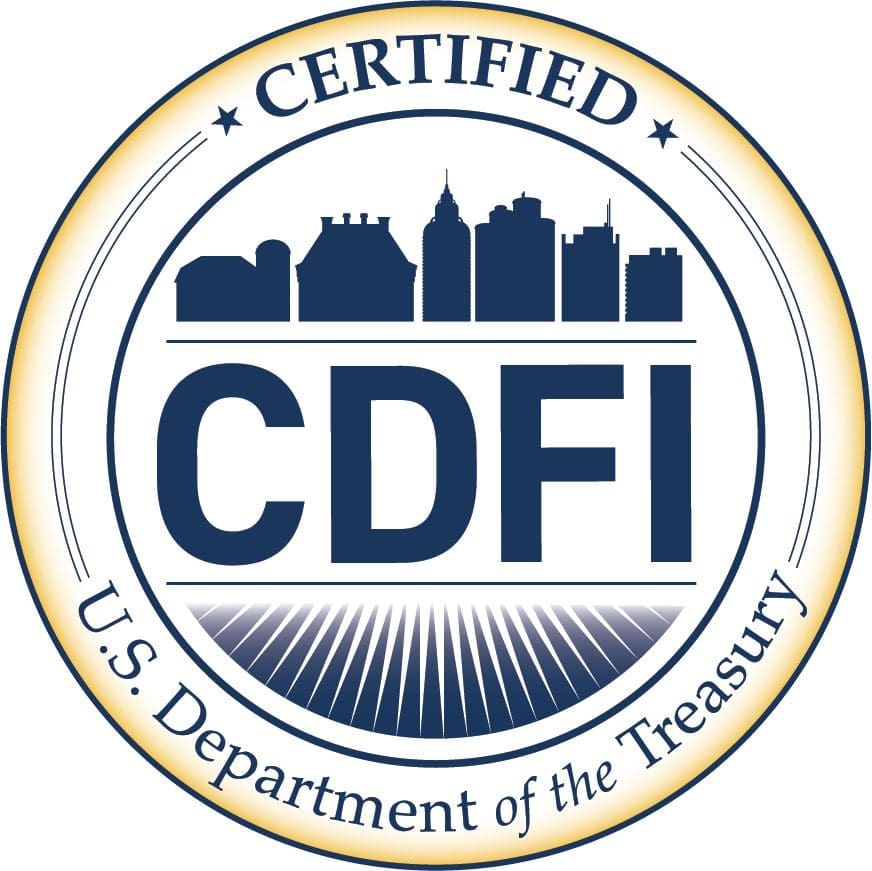
CDFIs are mission-driven lenders — including loan funds, banks, credit unions, and venture funds — that provide responsible, affordable financing to people and places traditional financial institutions often overlook. In 2020 alone, during the peak of the COVID-19 pandemic, CDFIs delivered $5.9 billion in financing to rural areas, according to the Opportunity Finance Network (OFN). Nationwide, more than 1,400 certified CDFIs manage $324 million in loans — supporting over 4.3 million entrepreneurs, helping nearly one million families access safe and affordable housing, and investing in more than 5,000 community facilities such as schools, healthcare centers, and childcare centers, OFN wrote.
“CDFIs are the Swiss Army knives of rural development — adaptable, effective, and indispensable. They ensure essential resources reach hard-to-reach places, aligning and maximizing limited public and private funding to support everything from entrepreneurship and housing to water infrastructure and broadband. In every rural success story, you’ll find a CDFI at work… Abandoning them would mean dismantling rural capacity.”
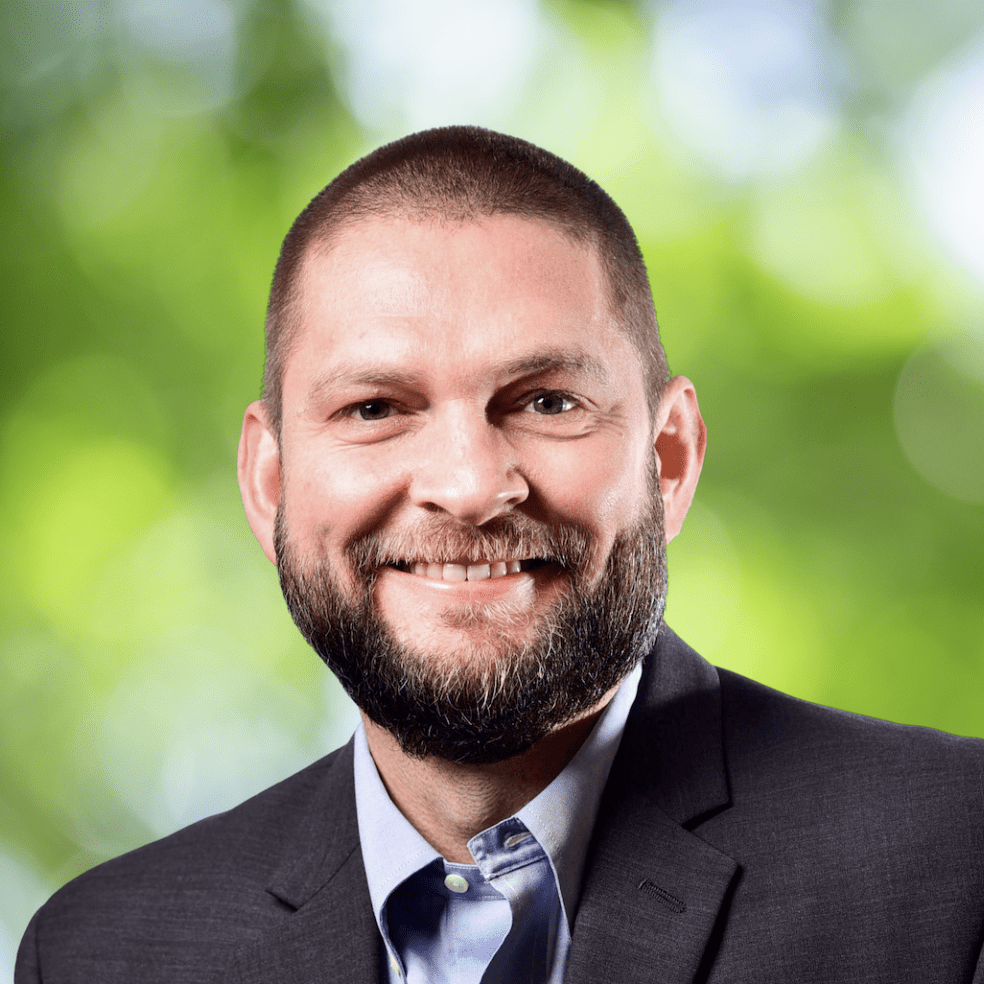
— Jerry Kenney, Program Officer at T.L.L. Temple Foundation
CDFIs don’t just deliver funds — they help grow them. For every federal dollar they receive, CDFIs bring in an additional eight dollars in private investment. That means a small amount of public funding can have a much bigger impact. CDFIs also provide hands-on support, known as technical assistance, to help borrowers use the money wisely — whether it’s building a business plan, managing cash flow, or navigating regulations. And CDFIs are safe investments. In 2023, the national loan default rate for CDFIs was just 0.36% — nearly half the rate of traditional banks, per OFN.
“The CDFI Fund is a lifeline for rural communities across the country. Sometimes a good plan also needs financial investment to solve a community infrastructure challenge, help small businesses expand, create jobs, strengthen local economies, and support essential water and wastewater infrastructure. This is where CDFIs come in. Community Development Financial Institutions like Communities Unlimited are often the first responders in times of crisis when it comes to needed capital. We provide immediate and long-term support. Ensuring continued access to support through the CDFI Fund leads to sustainable pathways to opportunity and long-term prosperity for the communities we serve.”
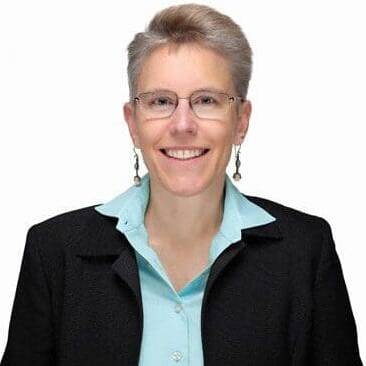
— Ines Polonius, CEO at Communities Unlimited
As a certified CDFI for over 30 years, Communities Unlimited (CU) — a rural development hub that works holistically to make positive impacts in rural communities across Alabama, Arkansas, Louisiana, Mississippi, Oklahoma, Tennessee, and Texas — puts this mission into action every day. CU is the largest CDFI lender to water and wastewater systems in the country. Since 1992, CU has issued 642 community infrastructure loans totaling more than $69 million. Of those, 390 loans and more than $42 million were invested in rural and micropolitan areas — places often left behind by traditional banking systems. In metro areas, CU has deployed an additional 252 loans totaling over $26 million.
But it’s not just the volume of lending that sets CU apart — it’s the speed and impact. CU’s water and wastewater lending program is not only the largest of its kind among CDFIs — it’s also one of the fastest. When a rural community faces an infrastructure emergency such as a water tower collapse from a natural disaster, time is of the essence. Traditional banks or government programs can take months to approve funding, leaving residents without safe water or sanitation for far too long.
CU can respond in real time, mobilizing capital in as little as 2-3 business days, only in emergency situations. That means when a system fails, CU can step in immediately — preventing small issues from becoming full-blown public health crises. This rapid response, paired with hands-on technical assistance, ensures that funds are not only delivered quickly but used effectively to stabilize and strengthen essential community services.
“CDFIs play a crucial role in fostering prosperity for people, businesses, and communities,” said Deborah Temple of the Arkansas CDFI Coalition. “Whether it’s a collapsed water tower, a natural disaster, or another urgent issue… emergency loans can often be processed within 24 hours, ensuring critical services are quickly restored.”
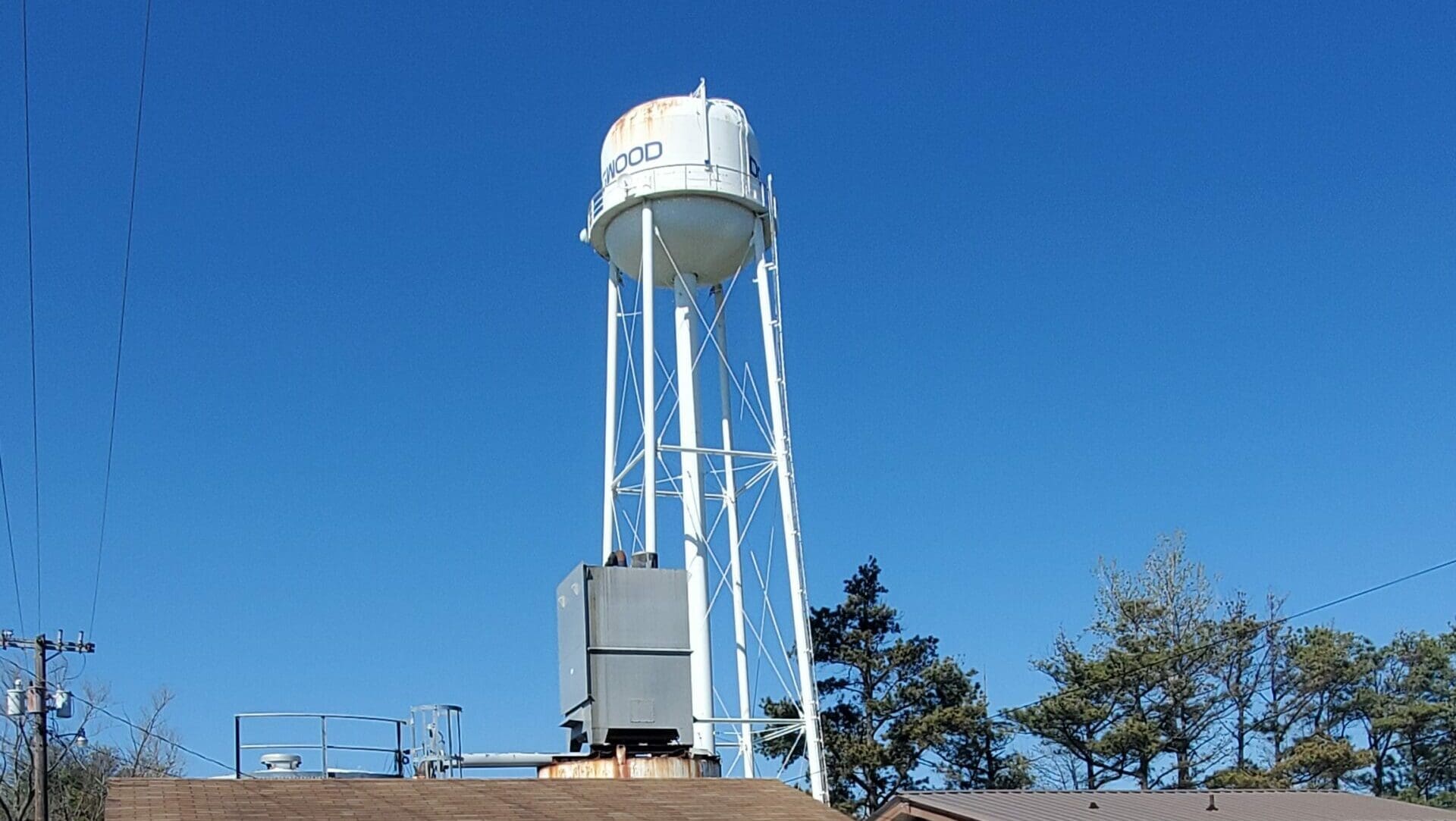
That level of responsiveness was essential in Mississippi County, Arkansas, where the Dogwood Water Association had quietly provided service since 1961 to 527 rural customers outside Blytheville. After decades with little capital investment, the system was failing. Meters were inaccurate, filter tanks needed constant backwashing, the filter media had expired, and the storage tanks hadn’t been painted in over 25 years. On top of that, new regulatory requirements — including Arkansas Act 605 — mandated rate studies and asset management plans to qualify for federal funding.
CU stepped in to help. Working closely with system leaders, CU’s Community Infrastructure Team completed a rate study, developed an asset management plan, wrote an emergency response plan, and assessed system vulnerabilities. CU also helped the system secure a $290,161 loan from the Arkansas Natural Resources Commission (ANRC) to replace aging meters and install a Supervisory Control and Data Acquisition (SCADA) monitoring system. The SCADA system will allow operators to remotely monitor and control the water system in real time, helping them detect issues early, reduce downtime, and make more informed decisions. When that wasn’t enough, CU Lending provided a $169,704 loan from its own CDFI lending program in mid-2024 to replace the filter media and repaint the tanks.
“We used the money to put new media in the backwash filters, and it made a major difference in the water quality,” said Board President Greg Alexander. “There have been numerous people telling me the water tastes better, looks better, and smells better.”
Alexander added that Dogwood went from backwashing six days a week to just two — a change that saves time, energy, and operational costs.
“If we didn’t have the CU loan program, we’d still be sitting right where we’re at."
— Greg Alexander, President at Dogwood Water Association
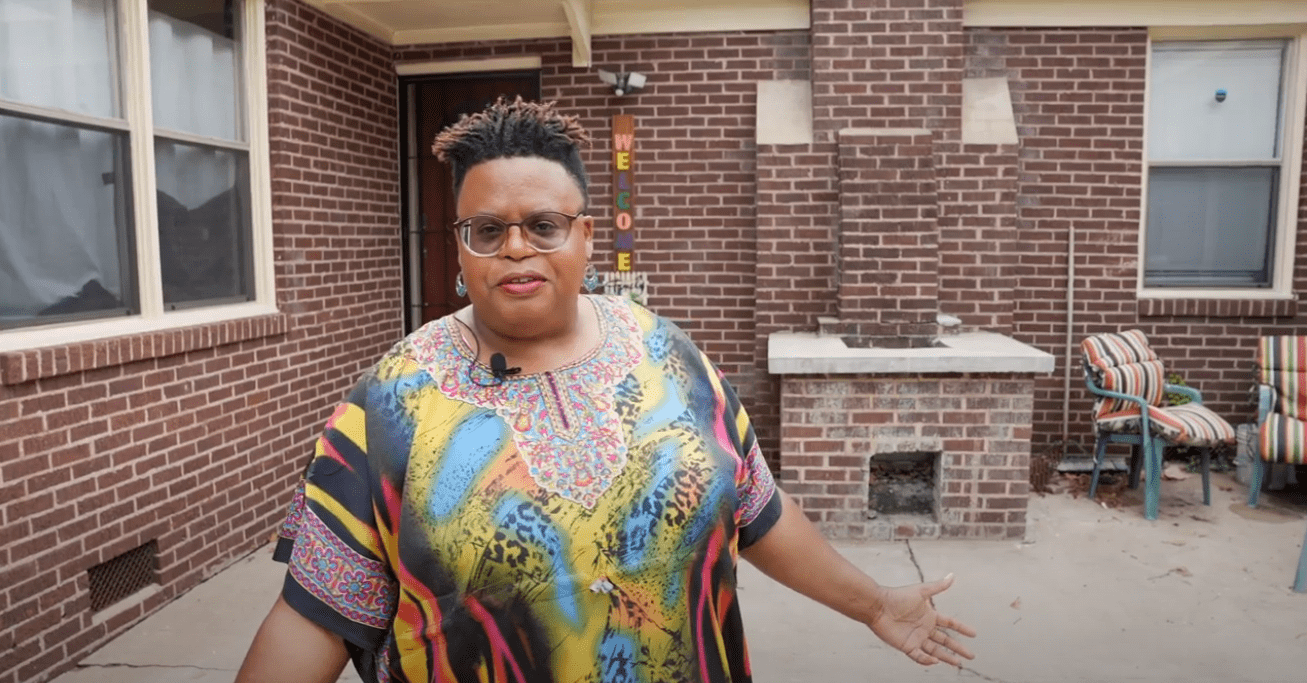
In England, Arkansas — a rural town of 2,800 with a poverty rate of over 27 percent — access to safe, affordable housing is just as urgent. Many families spend more than half their income on rent, leaving little room for stability. Vickie Woodard, owner of Melosong Properties, Inc., is working to change that by rehabilitating homes within a five-block radius and offering dignified, stable rental options. But financing these projects was nearly impossible. Despite her experience and a strong business plan, banks wouldn’t lend to her — a reminder that even well-prepared, community-minded entrepreneurs are often locked out of traditional financing. That’s where CDFIs like CU step in to bridge the gap and make local solutions possible.
“In rural areas, we count every penny twice,” she said. “Bootstrapping isn’t unknown to rural entrepreneurs — we learn how to do that first. But when funding isn’t there, things slow down. It takes longer, it’s harder, and sometimes things don’t get done at all.”
One of her renovations stalled for three years due to a $25,000 funding gap. In 2021, CU stepped in with a small business loan that allowed her to complete the project. When another rental home needed emergency HVAC repairs in early 2025, CU issued a small-dollar Small Business Administration (SBA)-backed loan that brought the property back on the market — preventing a loss of $1,400 in monthly income.
“When you don’t have the money, you’re just grateful for an organization like Communities Unlimited to come through with a small-dollar loan to move the needle. These may seem like small things, but when you’re in the middle of it, it’s everything.”
— Vickie Woodard, Owner of Melosong Properties
CU’s Entrepreneurship Team also worked closely with her to organize her finances and prepare for future funding. With the ongoing support of CU, Vickie is proving that rural businesses, no matter how small, can make a big impact on an entire community.
“Their name carries clout,” Vickie said. “When I say, ‘Communities Unlimited told me to contact you,’ that carries more weight than saying, ‘Hey, I’m Vickie Woodard from a rural town trying to do big things with no money.’ It makes people listen.”
In 2024, severe flooding overwhelmed the City of Joaquin’s aging wastewater system in rural East Texas. CU’s Community Infrastructure and Lending Teams quickly partnered with city leaders to secure a $30,000 loan for emergency repairs, including new lift station pumps and Programmable Logic Controller (PLC) cards, which wound up restoring service to 360 connections. “Communities Unlimited has earned my highest praise,” said Mayor Jessie Griffith.
In rural Mississippi, CU helped Sheana Witt and Justin Endres launch Tasty Gainz, a personal training gym in downtown Senatobia, with a startup loan. They are now a community resource for Senatobia, offering personal training and group fitness classes. “Without CU’s support, it would have taken us longer to get here — but we made it thanks to you all,” Sheana said.
In rural Louisiana, CU provided two loans to entrepreneur Justine McCall to open and stabilize her salon, Beautifully Blessed in Delhi. CU also connected her with its Entrepreneurship Team for technical assistance, helping her grow her staff, expand services, and build a thriving community business. “If you want somebody who is going to have your business’s best interest at heart, Communities Unlimited is for you,” McCall said. “I’m genuinely excited about what they’ve done for my business.”
At Communities Unlimited, we believe in rural places — and, more importantly, we believe in the people who call them home. As a CDFI, we have the tools to invest in communities that traditional lenders often overlook. And the results speak for themselves: less than 1% of our borrower’s default on their loans. That’s because our lending model is different. We work hand-in-hand with entrepreneurs, local leaders, and community members to ensure every plan is built for success. Whether through our Lending, Community Infrastructure, Entrepreneurship, Community Sustainability, Housing, Broadband, Healthy Foods, or Geographic Information Systems (GIS) Teams, our support goes beyond capital — we provide a pathway forward.
What some might call “risky investments,” we see as strategic, community-driven opportunities.
This work is made possible through the CDFI Fund, housed within the U.S. Department of the Treasury and established in 1994. Today, over 1,400 certified CDFIs across the country rely on this fund to bring capital to places the financial mainstream ignores — rural towns and urban neighborhoods.
In fiscal year 2024, Congress appropriated $324 million to the CDFI Fund — a smart investment with real returns. Each federal dollar must be matched by non-federal sources, ensuring a one-to-one leverage of public and private dollars. But the impact stretches even further: for every $1 in federal funding, CDFIs attract an additional $8 in private investment.
That $8 return isn’t just a number — it shows up in the real economy through things like small business startups, affordable housing developments, community health centers, grocery stores in food deserts, daycare centers, and clean water infrastructure. It represents jobs created and retained, homes built or preserved, and businesses launched or expanded. CDFIs help entrepreneurs get their first loans, enable families to buy their first homes, and make critical infrastructure improvements possible in areas long overlooked by traditional finance.
CDFI loans aren’t handouts — they’re responsible investments that are repaid by communities, business owners, and nonprofits. They fuel growth, create jobs, and improve infrastructure. And when disaster strikes, these funds allow us to act within hours, not months, while providing necessary resources when needed most.
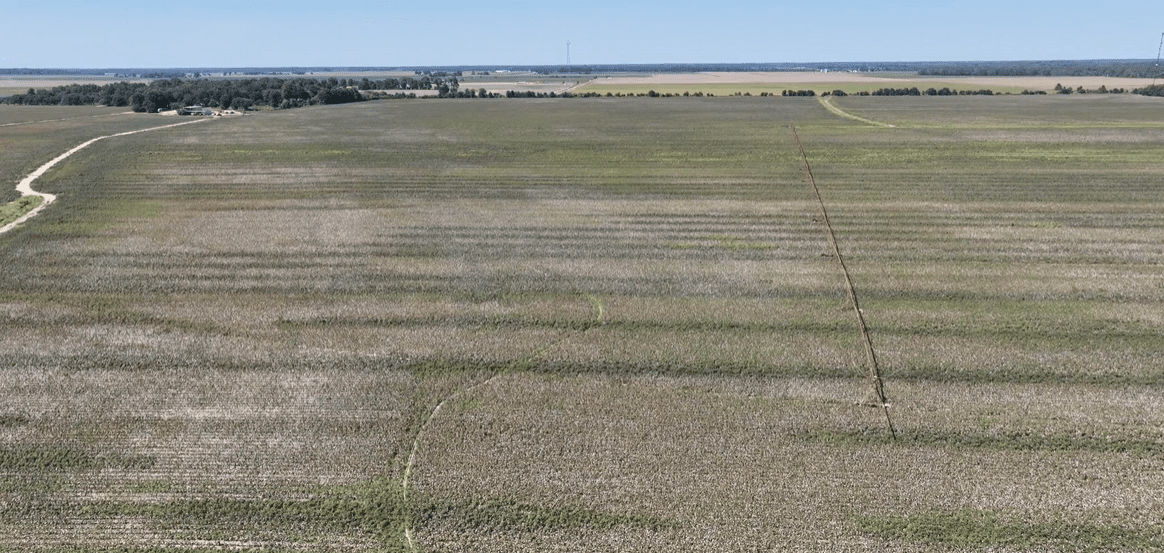
It gives us the ability to help a rural entrepreneur open their doors for the first time or assist a small-town mayor in upgrading their water system to ensure safe water for residents. It allows us to invest in people and places with purpose.
However, Rural America is now facing a serious threat. A recent executive order from President Trump has been issued to eliminate the CDFI Fund in an attempt to cut government fraud and waste. This move targets programs that have long supported rural communities by slashing funding for key agencies like the CDFI Fund.
For decades, the CDFI Fund has empowered rural communities — helping small businesses access capital, expanding broadband, improving water systems, and supporting affordable housing. It fills the gap where traditional finance falls short, driving real change and economic growth in the places that need it most.
If Congress doesn’t act to protect and fully fund the CDFI Fund, the consequences will ripple across rural America. Call your Congressperson today and urge them to protect this vital resource. Because when rural communities thrive, we all thrive.

